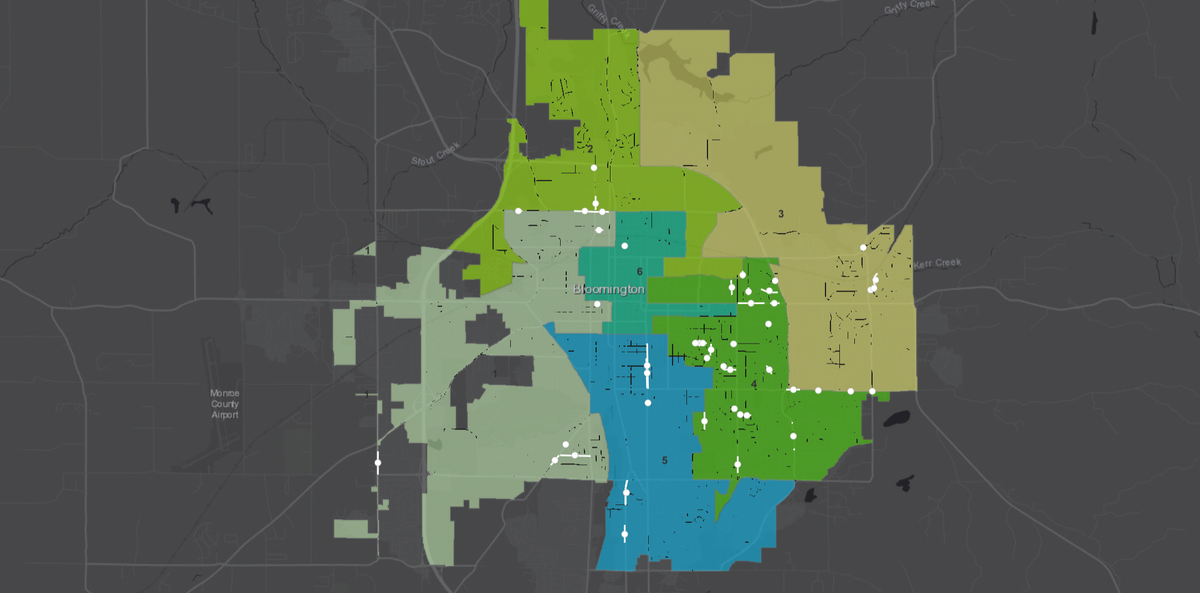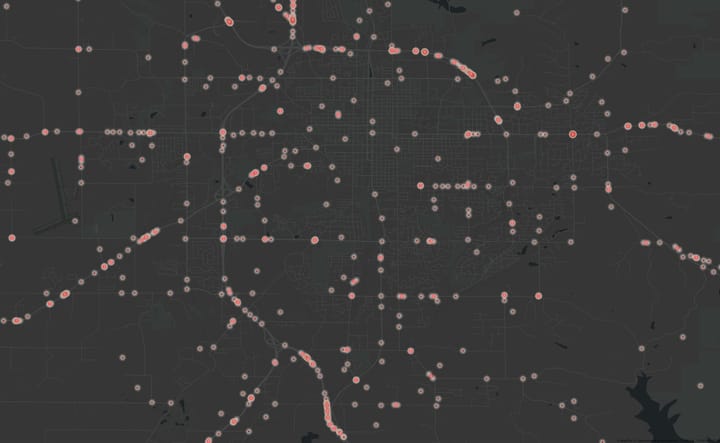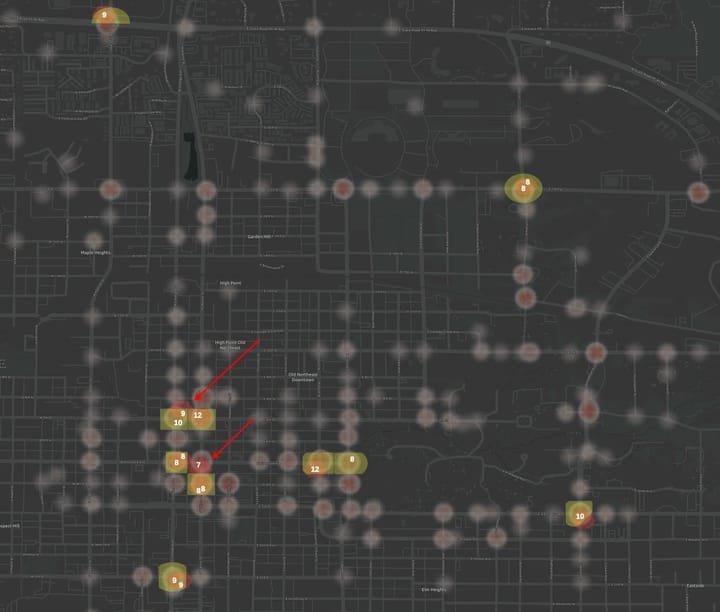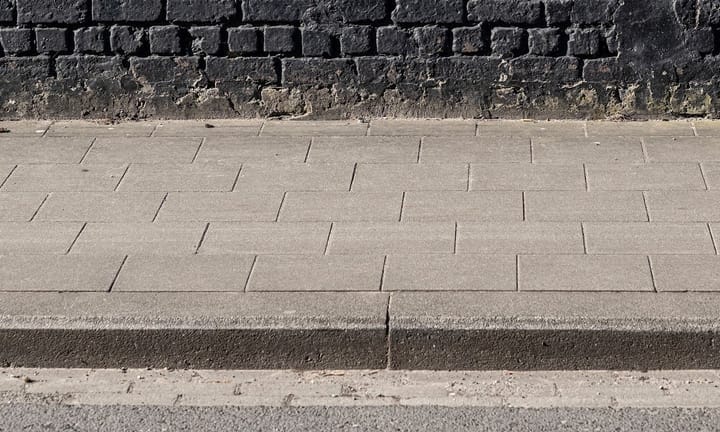Who Gets to Walk Safely? A Sidewalk Equity Audit

This is an executive summary of a sidewalk equity audit conducted in Bloomington, Indiana and delivered to City leaders on November 9th, 2020. The full report is here: https://mark.stosberg.com/sidewalk-equity-audit
Recently, Bloomington, Indiana’s Mayor Hamilton announced the Recover Forward Bloomington plan. This plan prioritizes rebuilding from pandemic public health and economic crises with racial and economic equity. As President of the Bicycle Pedestrian Safety Commission, I was interested in how well Bloomington had done in the past with regard to investing in sidewalks relative to the distribution of race and income in Bloomington. I conducted an independent equity audit of Bloomington, Indiana's new sidewalks funded by the City Council’s Sidewalk Committee from 2003-2020. I analyzed both the process used to decide where new sidewalks are added as well as the metrics used to rank locations for new sidewalks. I then compared these results against best practices.
The Sidewalk Committee began approximately 20 years ago to oversee the funding of new sidewalks from the Alternative Transportation Fund. Membership includes four self-selected members of the Bloomington City Council. The group is advised by the City of Bloomington’s Planning and Transportation Department staff.
Key Findings:
❌ Does not use a comprehensive inventory for planning The City of Bloomington’s Public Works Department has started conducting comprehensive LIDAR scans of our sidewalk inventory, but those scans are not currently used as the foundation for new sidewalks funded by the Sidewalk Committee. These scans are created with cars with specially equipped sensors that inventory every City-owned road, capturing the presence of sidewalks and their condition. This is a complete, objective basis to use for planning.
✅ Uses Objective Metrics The City of Bloomington’s Planning and Transportation Department uses objective metrics for recommending sidewalk priority funding including Density, Transit Access, Walk Score and Pedestrian Level of Service.
❌ Location Ranking Algorithm Is Flawed The Pedestrian Level of Service Excel formula used to rank sidewalk locations has been ranking projects in the wrong order since it was introduced five years ago, scrambling the overall results.
❌ Objective Metrics Override Political Interests Although the Planning Department recommends sidewalk locations based on objective metrics, the Council’s Sidewalk Committee can and does override their recommendations. The full report linked below contains a detailed impact audit which uses a number of interactive maps to show how new sidewalks funded in the last 17 years are distributed relative to race and income in Bloomington. The audit found that the current politically-biased process resulted in skewing sidewalk projects towards neighborhoods that were wealthier, less dense and had lower pedestrian demand.
Recommended Changes to Sidewalk Committee Funding Process
- Move new sidewalk funding decisions to the Planning and Transportation Department staff. The Sidewalk Committee’s involvement shows bias towards steering projects to districts of committee members. This led to a wealthier, less-dense part of town being over-represented in new sidewalk construction.
- Use the LIDAR scan of our complete "missing sidewalk map" to consider all sidewalks.
- Automate as much as possible. The City of Bloomington should build or contract out a process of software automation that considers missing sidewalks, walkability, neighborhood density, and other objective metrics.
- Add race and income census data as variables in an equity matrix. This is critical to meet the Mayor’s goal to rebuild with racial and economic equity and to compensate for over-representation of wealthier neighborhoods with sidewalk projects in the recent past.
- Improve project selection transparency. The City of Bloomington should provide the public with a map of missing sidewalks and a clearer way for the public to access ranking information for projects under consideration. This information could be included in the Open Data Portal here: https://data.bloomington.in.gov/dataset/sidewalk-maps



Comments ()